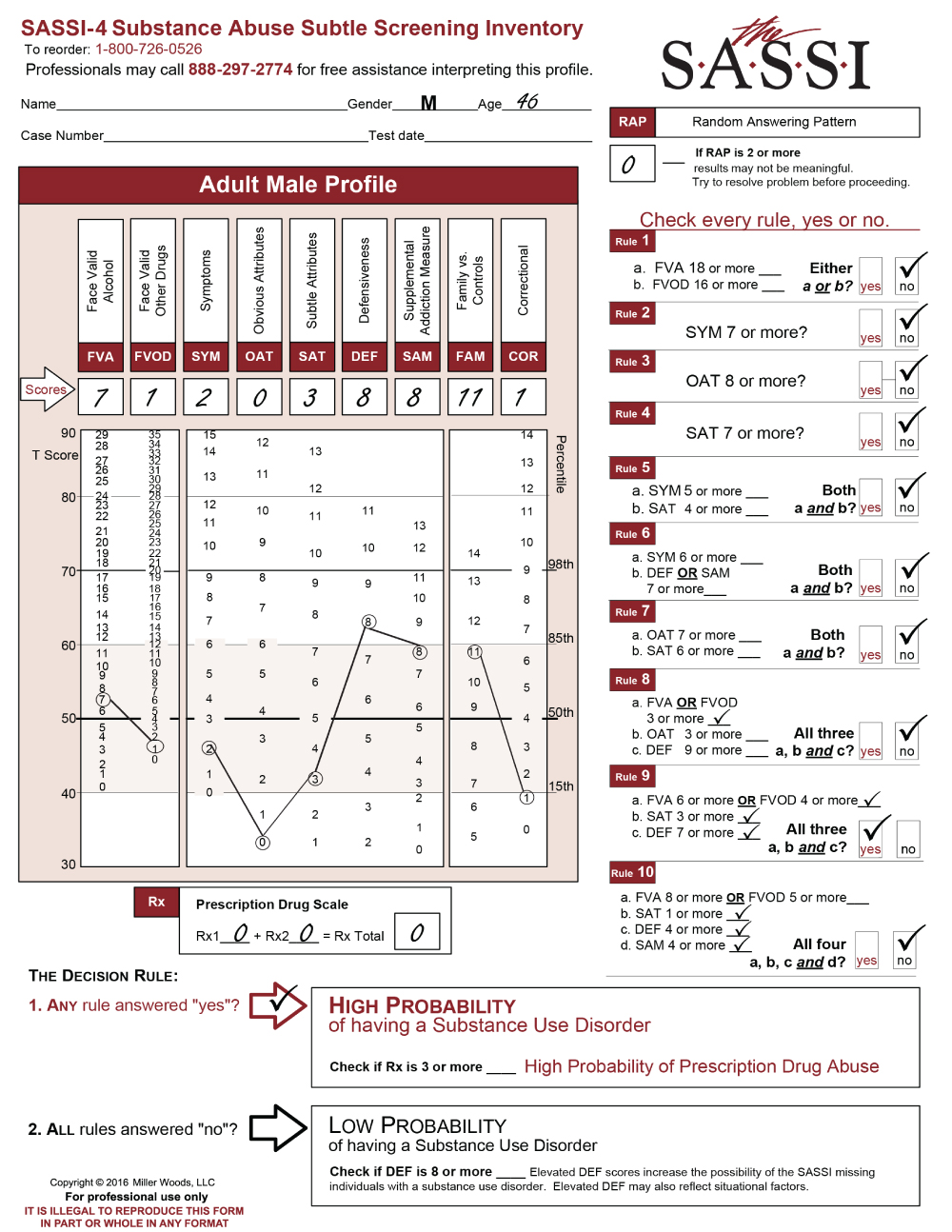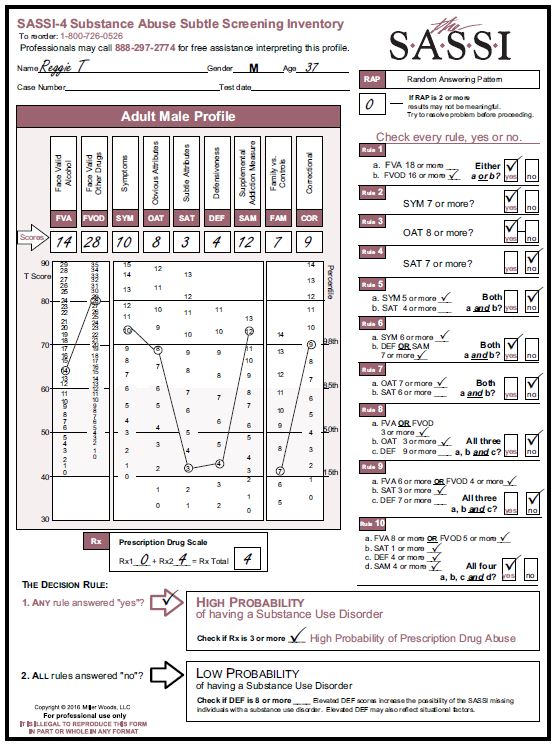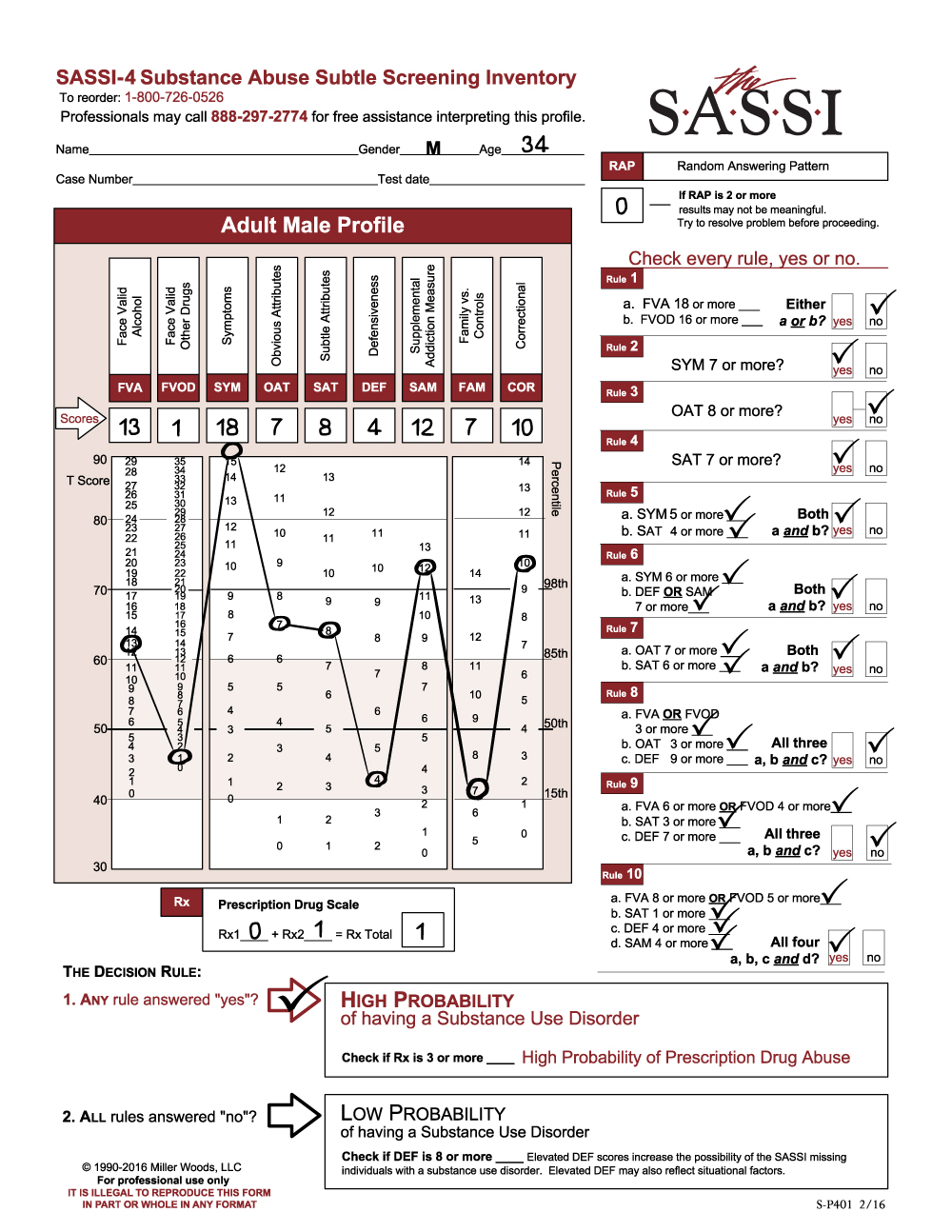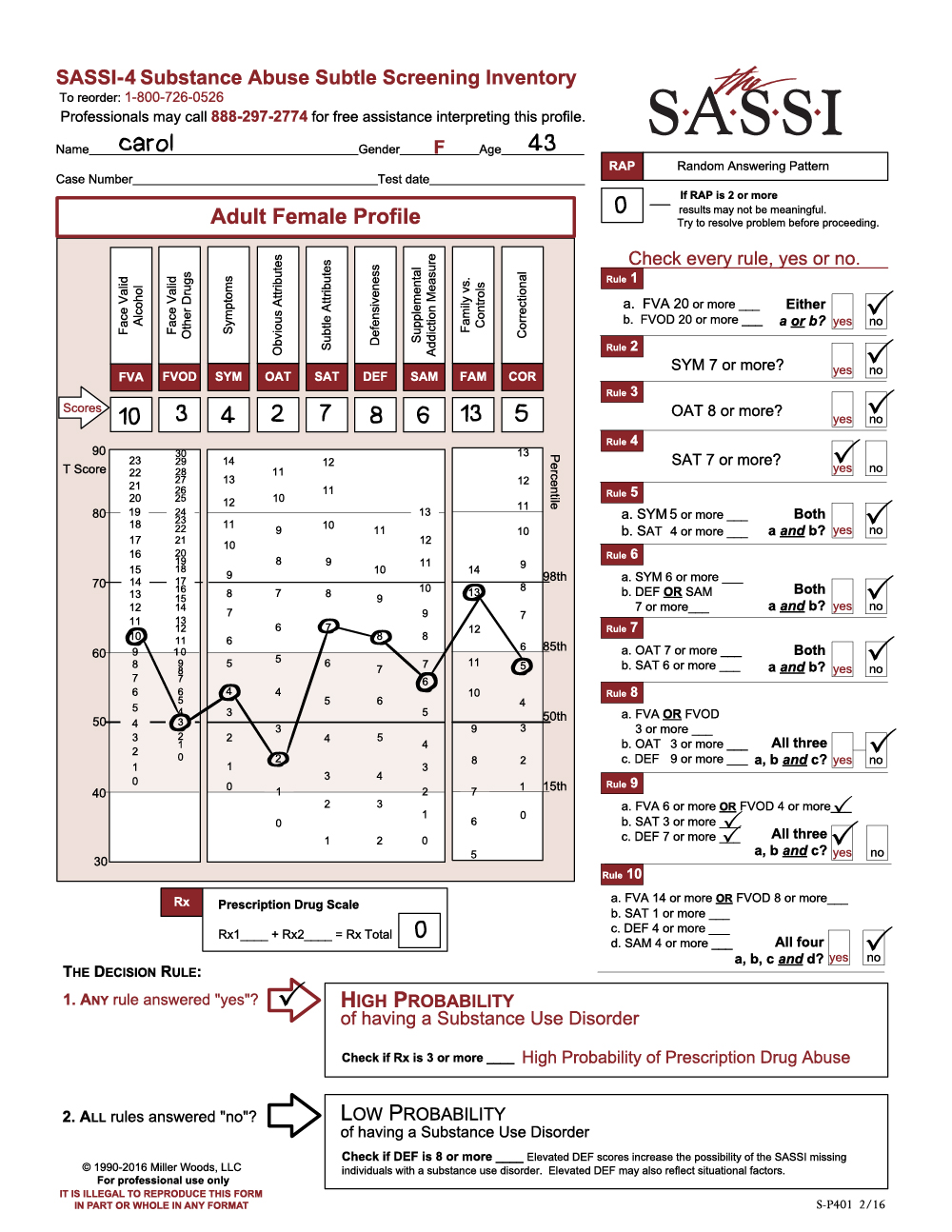In this season of Thanksgiving, I felt it appropriate to share some of the many things we at The SASSI Institute are thankful for. This past year has demonstrated our human potential and tenacities in so many ways. Despite the over five million worldwide deaths directly attributable to the COVID virus, our healthcare, teaching and service staff, and yes you, all of the treatment and human service professionals throughout the world have demonstrated that we may have been down, and maybe down again, but we always get back up. There are indeed so many of us that have lost loved ones, friends, or colleagues. Our hearts go out to them. In honor of their suffering and loss, we offer our condolences, our understanding, and our love.
But the proverbial light is there. We can finally see what may be an end to this horrific pandemic. Thanks to the scientific community and healthcare workers throughout the world, we are finally seeing a reduction in case numbers, and hopefully soon, our ability to declare a finality to this dire and deadly disease. If nothing else, it has proven we are all one people, and that our unity truly stands stronger than any divisiveness. Through it all, we have managed to be there for one another, for our friends, colleagues, and our families. We have remained united, and that is and should continue to be foremost in all our minds, and meriting of our thankfulness.
In the meantime, our Board of Directors, senior management staff, and I want to reassure you that despite the multiple supply chain issues, inflationary pressures, and uncertain economic environment, we have once again decided this year to maintain our pricing structure such as it is. We at The SASSI Institute are doing our best to allow you, our licensees, and collaborators to continue to do your jobs, offer the many services you offer, and continue to assist those that need us the most, those still suffering through substance use, co-morbidities and in some cases along with COVID and other health issues, tri-morbidities. This year has also seen many changes in our operational structures and the various features we offer here at The Institute. I am extremely proud of our staff and the non-stop work they have executed this year. Our Training Director has overseen one of our most successful initiatives, The Professional Development Workshops series. In addition to the many trainings we have offered over the years, we now also have nationally recognized experts providing Continuing Education approved training related to substance use disorders, co-occurring disorders, and the incorporation of our SASSI tools in assessment packages for specialized populations. Our customer service, clinical, and IT teams as always, remain at your disposal and are providing non-stop services to facilitate your administration and interpretation of our many tools. I anticipate several other exciting initiatives to come, and we will inform you of them as they develop.
In the meantime, be kind to yourselves, and let’s make it our mission to take care of each other, and most of all let’s remember to be thankful!






